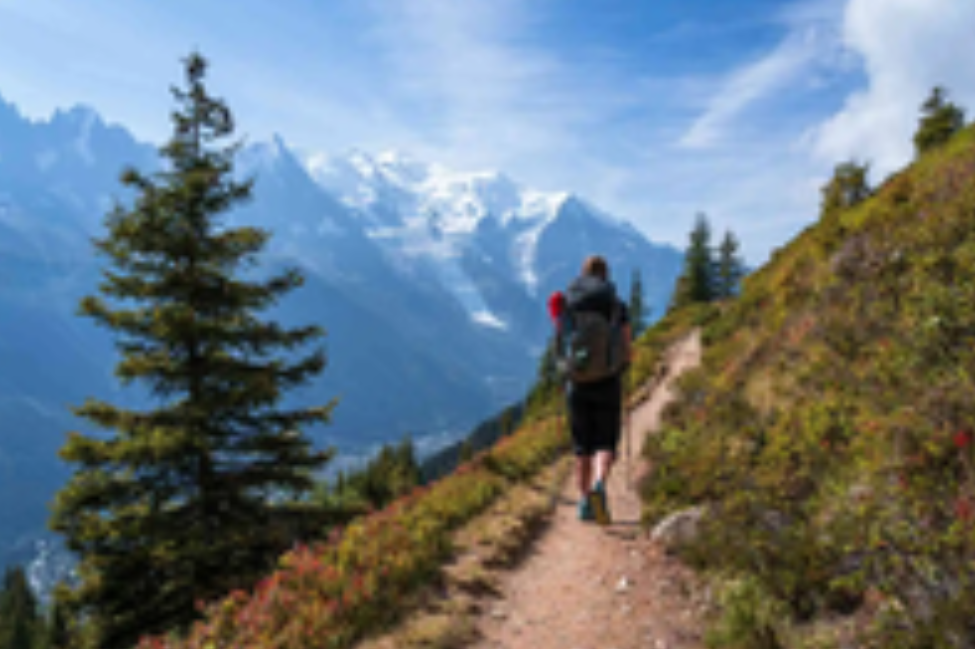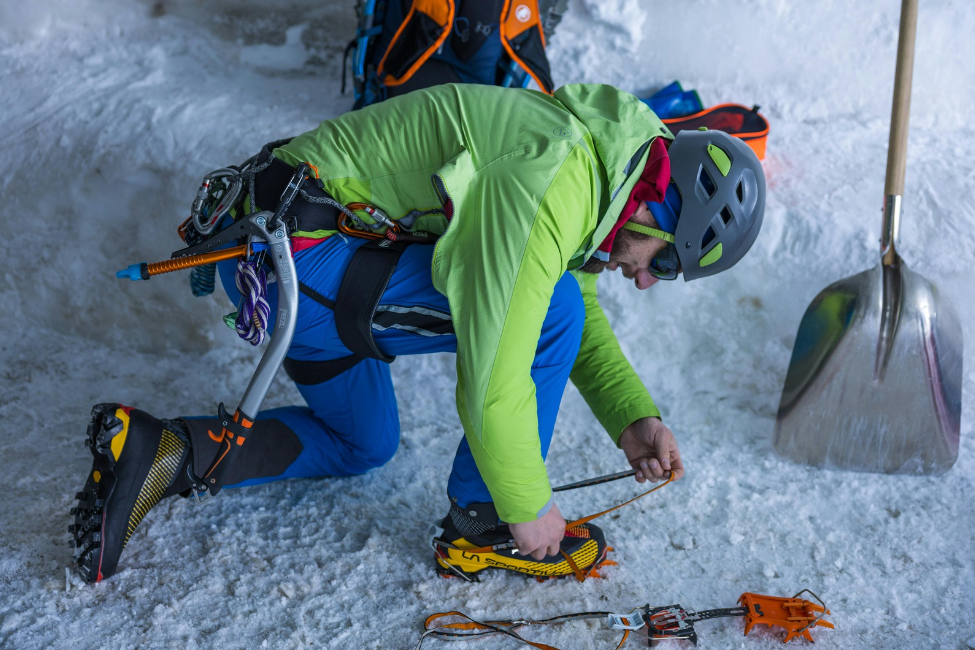The thrill of the hike is an inspirational mountain-top experience but having the right gear is also so key. We shall first consider 10 Hiking Adventure Essential Survival Gear to add to your checklist. Top to bottom, from strong hiking boots to basic sun protection, we’ve got you outfitted with all the gear you’ll need to make your trip triumph.
Hiking Boots - The Base of Any Adventure
For every walk, trek, or hike you need a pair of good hiking boots. It protects your feet and you can really fly on the rough stuff. Make sure you buy a pair of tough boots, ideally waterproof and with good ankle support. Merrell, Salomon, and Columbia are the best examples.
Durable and Lightweight Backpack: Move With Ease
A durable and lightweight backpack is a must-have gear in your list of requirements. Select a backpack with cushioned straps and a number of compartments. Some popular brands are Osprey, Deuter, and REI Co-op.
Hydration Pack: Keep yourself Hydrated on the Trail
Hydration is a very important thing to maintain as it can be dangerous for hikers. Hydration packs and water bottles can help you stay hydrated throughout the tread. Brands: CamelBak, Platypus, and Nalgene all make good ones.

Opt for Moisture-Wicking Clothing for Tropical Weather
Based on this, Moisture-wicking clothing keeps you dry and comfortable in tropical climates. Find those made with synthetic fabrics that wick sweat away from your body. Moisture-wicking shirts, pants, and socks (Patagonia, Under Armour, and Columbia offer the best options).
Sun protection: Covering up from the harmful rays
It is essential to protect yourself from the sun when you are outdoors. Wear a hat, and if necessary, sunglasses, ubiquitously, or use sunscreen. Sun Bum, Neutrogena, and Ray-Ban are the recognized brands dealing in sunscreen and sunglasses to give the best protection in summer.
Navigation Tools - Not getting lost
Reliable navigation tools are required for every hiking venture. With GPS devices, maps, and compasses to help you find your way. Brands that have proved reliable include Garmin, Suunto, and Silva.

First Aid Kit: Get Ready For Accidents
You may need to quickly patch up superficial injuries on the trail, and for that, a good first aid kit is a requirement. List bandages, antiseptics, and painkillers in the kit. MyMedic and Adventure Medical Kits both sell pre-packaged kits
Multi-tool
A multi-tool or knife is versatile equipment that can be used for all situations. Look for tools like pliers, screwdrivers, and blades. Examples could be Leatherman, Swiss Army, or Gerber.
Bug Repellent: Don Bugs
Soothe away insect irritations with powerful bug repellent. You may select between natural and chemical-based repellents, whatever suits you best. Brands like OFF! Sawyer, and Repel provide a solid selection as well.

Rain Gear: Stay Dry in Unpredictable Weathe
Be ready for any rain! In the case of raincoats or ponchos, they are important items. A waterproof, breathable option, like those from The North Face, Marmot, or Frogg Toggs, is a must.
Emergency Shelter: Shelter In Place For Whatever
What comes to mind when you hear Emergency Shelter? Bivy sack or a rainfly. Emergency blanket. Popular brands: MSR, SOL, and Big Agnes.
Footwear-FAQ
Q1: Why is it important to have the right shoes for Hiking? Footwear: Wearing the right footwear will keep your feet protected and support them on those sometimes tough, rocky sections. Those hiking boots, are there to keep you from getting injured and so your feet feel a lot less sore after you have hiked for several miles.
Q2: What makes a good hiking backpack? Select a backpack that is durable, lightweight, and comfortable. If you travel with a lot of equipment, look for padded straps and multiple compartments meant to keep everything in place. Fit matters for keeping back or shoulder strain away.
Q3: What to wear while hiking in the tropics? For example, moisture-wicking clothes should be worn on tropical hiking trips. They pull sweat from your skin to help you keep dry and comfortable. Choose synthetics for best results.
Q4: Why We Want Sun Protection on a Hike Wear sunscreen to lessen the threat of sunburn and skin cancer. Hats, sunglasses, and sunscreen should all be used to protect the skin from harmful sun rays.
Q5: What are the navigation tools to have in a hike? Take navigational items like GPS, a map, and a compass with you. Tools to keep you accountable and help navigate unfamiliar territory.
Q6: What should a first aid kit to take for hiking entail? Band-Aids, antibiotics, pain relievers, tweezers, “maybe a blister treatment” and more. Fillinger ticked through her mental first-aid checklist. It makes so much sense to be prepared for the little injuries when you are on a hike.
Q7: What are some ways that a multi-tool can come in handy on a hike? Multi-tool – for cutting, patching gear, opening food packaging. It is a useful piece of material to serve whatever purpose et al.
Q8: What is the Use of Using the Insect Repellent While Hiking? Buzz off: Insect repellent and insect bites can be irritating, and even harmful in some cases, so protect yourself. It prevents insect-borne diseases like Lyme disease and West Nile virus.
Q9: Why to use rain gear while hiking? Key Takeaway: Protect your body against the rain – In the rain, nothing beats a poncho and a solid pair of rain pants to shield you from the elements so your main concern is finding rays of sunlight. Waterproof – wear jackets and ponchos to keep warm and prevent hypothermia.
Q10: When to take the shelter on a hike with you? If you are hiking in weather that is typically sudden and changeable or you are planning on staying overnight, bring an emergency shelter. It protects from the elements and can be a lifesaver in dire situations.Hiking Adventure


